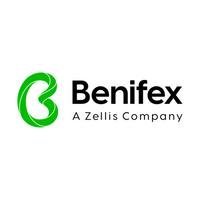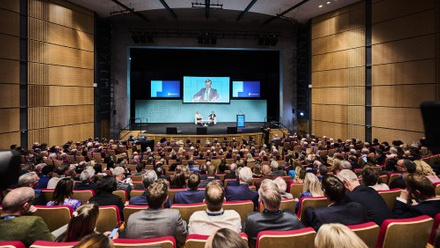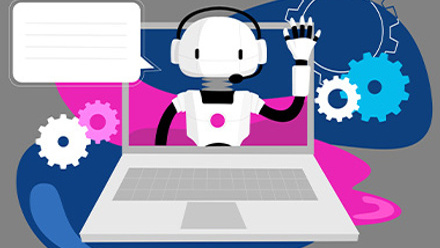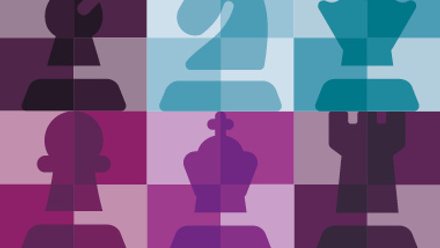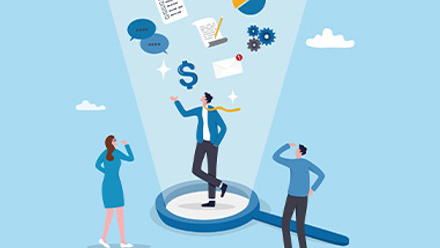Matt Macri-Waller on ways to futureproof reward and benefits technology strategies

Consider fads like Bitmojis or game apps like Flappy Bird and Candy Crush – these appear from nowhere and take over for some time, before the buzz dissipates and people have moved on without even realising. Even global phenomena like Pokémon Go come with an expiration date; rising to fame as they ride a wave of extreme success before people lose interest and the userbase drops.
Now, this isn’t to say these technologies or apps disappear completely, but their hype undeniably fades as unexpectedly as it appeared. Take Snapchat, a worldwide conglomerate which, for several years, was ubiquitous. Many social media sites and applications exist for years, and we come to assume they’ll be around forever, joining the likes of Facebook and Twitter. But despite Snapchat’s continuous updates, people lost interest nonetheless, with users plummeting since early 2018 and a stock decline of 60%. Similar to Pokémon Go, it is still widely in use – but the mainstream media has largely stopped talking about it, and it isn’t gaining new users. So, what can you do to keep your technology relevant? And how can that pertain to reward and benefits tech?
Consumerisation
In today’s workplace, we are all consumers. This is not only applicable for technology, but for the workplace. Research by Which? magazine shows that loyalty doesn’t pay – you can always find a better deal, save more money, get improved service, if you go elsewhere. This kind of thinking is coming into the workplace more and more; we must think of our employees as consumers of their organisation and its brand.
Web giants like Amazon, Google and Facebook have revolutionised the way we consume things. How many people now have virtual assistants like Amazon’s Alexa or Google Home? Functions like turning lights and music on or off, opening curtains or ordering a taxi – all activated with zero user interface. For years, it’s been standard that our smart phones come with voice-activated AI assistants. These virtual assistants are not only convenient, but they are shaping the way we consume content, the way we interact with technology and the way we understand things.
AI does not judge your questions or knowledge, it doesn’t get annoyed at the same question ten times, it doesn’t mind if you ask it something at 5am or midnight. We feel safe to interact with technology like this, and we feel comfortable to take what we need from it.
From our expectation of instant delivery and personalised marketing to an intuitive no-instructions-needed user interface – we expect things to be given when and how we want them. Your reward and benefits technology must be the same: intuitive, customisable, instant.
Experiences
The research speaks for itself – we are becoming an experience-driven society. Gone are the days of material gifts and physical job perks. Studies have shown that 70% of millennials (widely regarded as those born somewhere between 1980 and 1997) say they value experience over products and 50% of young people would take a pay cut in exchange for a better experience at work.
If you consider successful brands, they are intrinsically linked back to the experience they give customers. As a society of consumers, we are the customers of our workplace and to truly engage, you must treat your people as such. The most successful businesses are those who provide a streamlined experience from their phone/virtual contact right through to checkout. The most successful airlines are not the cheapest ones, but the ones who provide you with a thoughtful goody-bag on your seat and a funny welcome video; the most successful cosmetics brands are not the basic off-the-shelf ones, they are the ones with products you can see being handmade in-store and select from a display. By turning your customers’ (thus employees’) interactions into experiences, you create something that will remain even after the product has been used.
As a society, we are placing increasing value on experience over ownership. Your people want more than just a pay-packet; they want an employee experience which is an experience. Our experiences using technology must be smooth and cohesive. Streamlined technology that provides an entire experience rather than a single clunky interaction is what will lead the future of reward and benefits.
Personalisation
Historically, workplaces have been inherently impersonal – personalisation has long been seen as an unnecessary effort and expense; normally reserved for potential customers or investors. While many organisations have a brand identity, this is often separate to what their people see. Inevitably, things like communications, recognition and reward programmes, or benefit schemes remain invariably un-personalised – meaning they don’t connect with their audience and result in a lack of wider engagement and culture consistency.
Outside of work, our technology is swathed in personalisation. We have the option to customise everything to our liking, from our social media profiles and pictures, to UI colours of devices and programmes, even the voice and name of our virtual assistants. At the same time, we can block out things that don’t interest us by filtering social feeds, marketing preferences, and even what news we receive updates on. The most prolific technologies and organisations utilise this to their advantage, ensuring the user/customer always feels their virtual space is their space; created and functioning for them specifically, with everything they need in one place.
Personalising similar elements of work ensures they resonate with employees. Serving communications which are personalised to individuals’ needs, interest and location, or allowing employees to change their photo or bio within workplace apps. These small changes heighten morale and add a sense of belonging. What’s more, personalisation encourages re-use from employees, giving your technology a chance to lengthen its shelf life.
Final thoughts
If you want long-lasting, impactful reward and benefits technology, your strategy must factor in both adaptability and longevity. Yes, reward and benefits technologies are used differently to other technologies, but ultimately, you are still designing, building and delivering for consumers with the same expectations and desires. Workplace technology has the bonus of being – at least, for the foreseeable future – necessary, minimising its turnover. But that does not mean it is immune to user fatigue or disengagement. To keep your technology at the forefront of the employee experience, it must be created and planned in line with these trends of the future.
The author is Matt Macri-Waller, Founder & CEO at Benefex.
This article is provided by Benefex.
Supplied by REBA Associate Member, Benifex
The home of award-winning employee benefits, reward, recognition, & communications.

